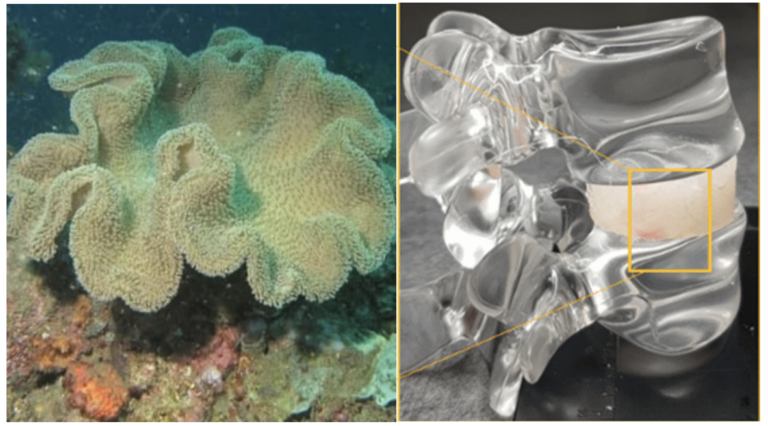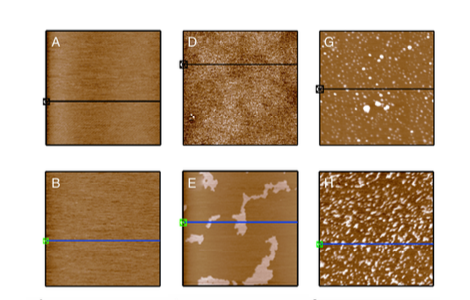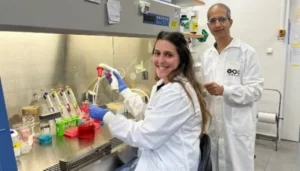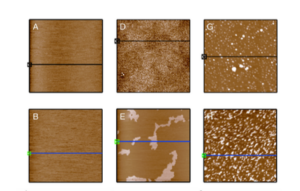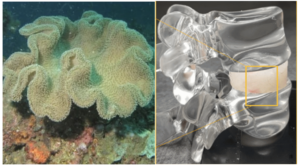Femmes et sciences (Israël) : au Technion, Shelly Tzill montre comment les cellules communiquent

[:fr]Le travail du professeur assistant Shelly Tzlil est un exemple type de la recherche interdisciplinaire : pendant son diplôme de premier cycle, elle a obtenu un double diplôme en chimie et en informatique, lors de sa recherche de deuxième cycle (maîtrise et doctorat), elle était en chimie physique, et son postdoc a été axé sur la chimie des polymères. C’est une biophysicienne, qui a commencé comme une théoricienne, puis expérimentatrice et qui travaille aujourd’hui sur la détection mécanique des cellules vivantes à la Faculté de génie mécanique.
Qu’est-ce que les cellules biologiques ont à voir avec la mécanique? « Typiquement, quand vous pensez à la communication des cellules avec leur environnement, vous pensez à des produits chimiques que les cellules libèrent et absorbent» explique Tzili. Au cours des dernières années, les scientifiques se sont rendu compte que les cellules répondent également à des forces mécaniques telles que l’épanchement ou la distorsion (déformation) des matériaux avec lesquels ils interagissent. Les cellules se lient à leur environnement, exercent des forces sur elle, et se défont de leurs propriétés élastiques en « mesurant » les déformations de ces forces induites.
Dans le cas des cellules souches en culture, par exemple, quelque chose de très surprenant se produit- les cellules tentent de faire correspondre leur degré d’élasticité intrinsèque – leur flexibilité – à celle de leur environnement, et cette tendance à l’élasticité dicte le type de leur différenciation cellulaire. Si l’environnement élastique est similaire à un tissu nerveux alors la cellule se transformera en neurone, et si l’élasticité est proche de celle d’un muscle, la cellule se transformera en cellule musculaire.
« A la lumière de ce phénomène, différentes questions se posent en fonction de l’identité et de la discipline de la personne concernée : « Alors que les physiciens et les chimistes se poseront la question de savoir «Comment les cellules détectent l’élasticité? Les biologistes pourraient se demander « Quel est l’avantage de l’évolution d’un tel mécanisme? Et les médecins veulent savoir comment un tel mécanisme va se manifester sur le plan de la santé et de la maladie » a expliqué le professeur assistant Tzlil. « Je suis vraiment intéressée par la manière dont les cellules sont capables de sentir leur environnement, et par la manière dont elle communiquent en déformant mécaniquement leur environnement ».
Les ingénieurs mécaniciens étudient la façon dont la matière répond à ces forces mécaniques, et comment la mesurer et l’appliquer. Ils considèrent la cellule comme une machine avec un mécanisme de contrôle, ce qui les amène à se poser différents types de questions, telles que «comment la cellule reconnait la force à appliquer? C’est une façon de penser différente. Dans les travaux interdisciplinaires de ce type, les deux parties doivent faire un effort pour se comprendre. J’ai trouvé cette volonté de la Faculté de génie mécanique « .
Les travaux multidisciplinaires sont une tradition au Technion. «Au Technion, la collaboration entre la médecine et l’ingénierie existe déjà, et je savais que je serais en mesure de trouver un environnement de travail multidisciplinaire qui me conviendrait et pourrait m’enrichir. Ma recherche nécessite un dialogue permanent entre les ingénieurs, les biologistes, les médecins, les théoriciens et les expérimentateurs et le Technion est un endroit idéal pour une telle intégration. Théoriquement, je pourrais me trouver en biologie, en ingénierie de la biotechnologie ou en génie biomédical. L’avantage de travailler en génie mécanique pour moi, c’est de disposer de la boîte à outils que j’ai ici – et bien sûr des excellents partenaires qui m’aident dans les domaines de l’élasticité, de la dynamique et plus. J’ai apporté l’aspect biologique à la faculté de génie mécanique, l’étude de la matière molle et mis l’accent sur les niveaux cellulaires et moléculaires – aspects qui n’appartiennent pas aux domaines traditionnels de la mécanique. Je suis venue ici parce que je pensais que cette interaction entre les deux mondes pouvait aboutir à un résultat intéressant. « [:en]Shelly Tzill and her team seek to understand the molecular origin of neuron mechanosensing – the ability of neuronal cells to sense and respond to the mechanical properties of their environment. Two types of mechanosensing behaviors have been reported for neurons. First, the elasticity of the surrounding matrix was shown to guide and influence the rate of neurite growth. Second, sensory axons exhibit unprecedented rates of growth when subjected to continuous mechanical tension. The mechanism underlying this phenomenon is not understood, although it is thought to play a critical role in axonal growth in vivo for formation of the adult nervous system. In the group, we explore the role of mechanosensation in neuronal interactions, focusing on the molecular-physical nature of the mechanical coupling between neuronal cells and their environment. We explore the role of mechanical communication in nerve regeneration after injury and in spontaneous synchronized activity during the development of the nervous system.
The study of neuronal mechanosensing and mechanical communication requires an inter-disciplinary effort and as a result, the work in the lab ranges from high resolution optical microscopy to theoretical modeling and design of protein-engineered biomaterials.[:]

